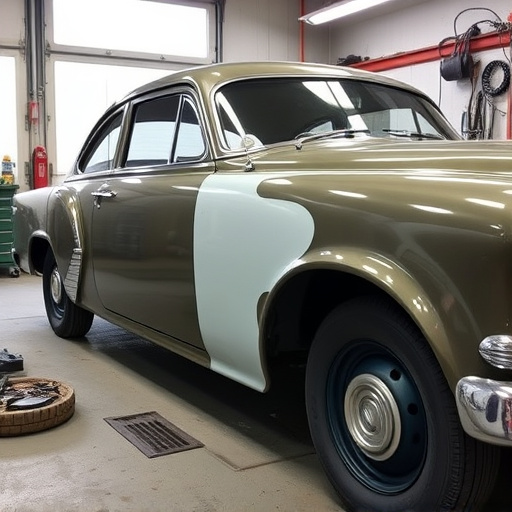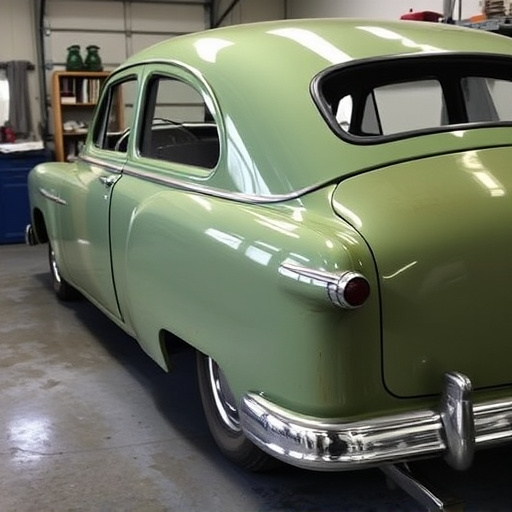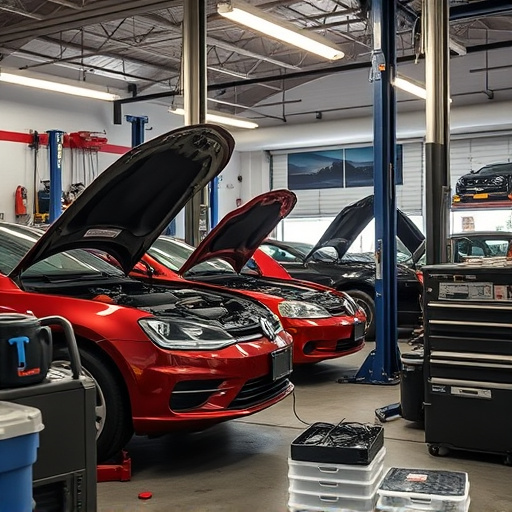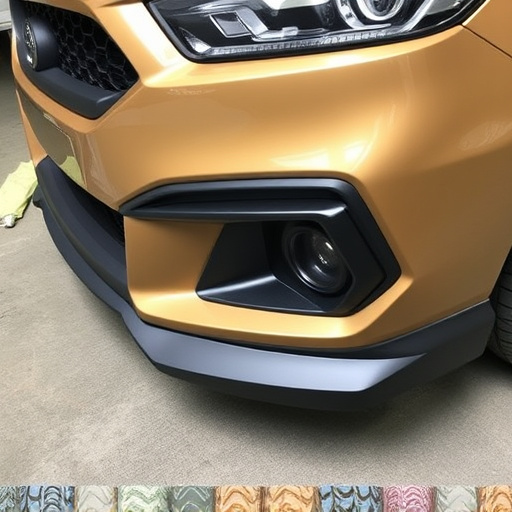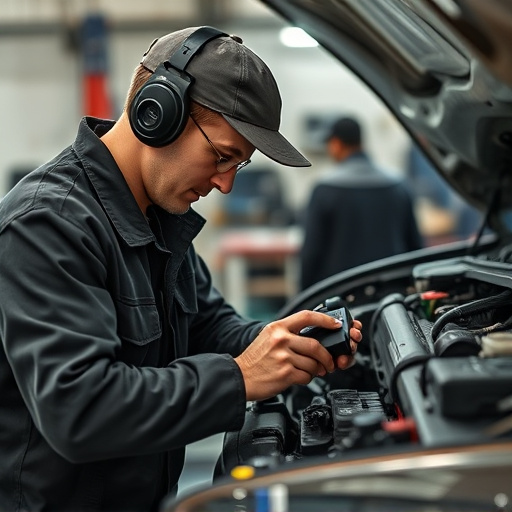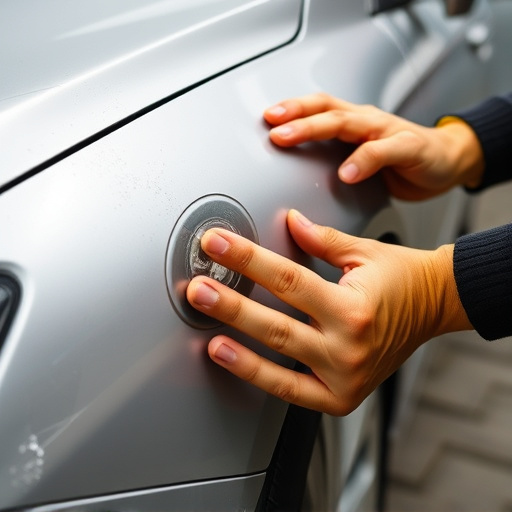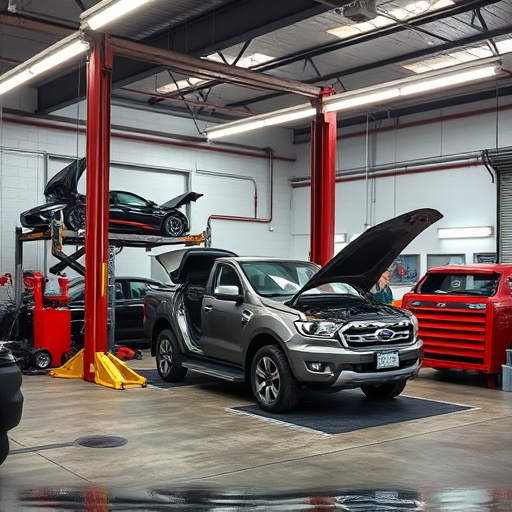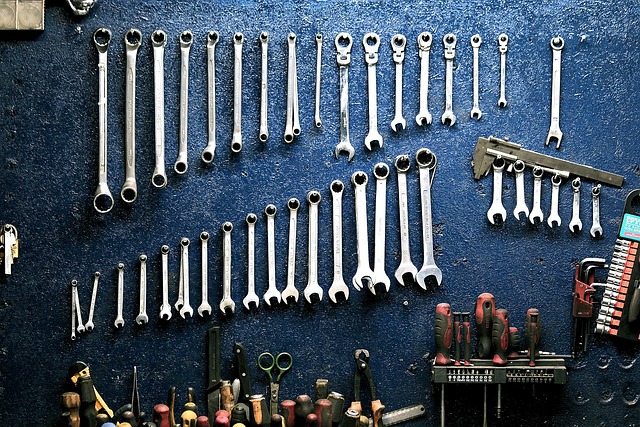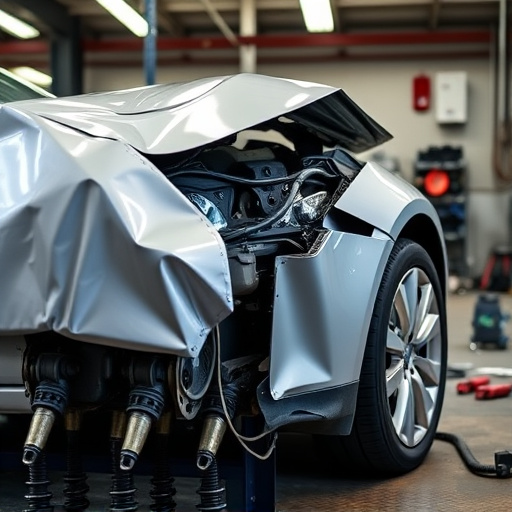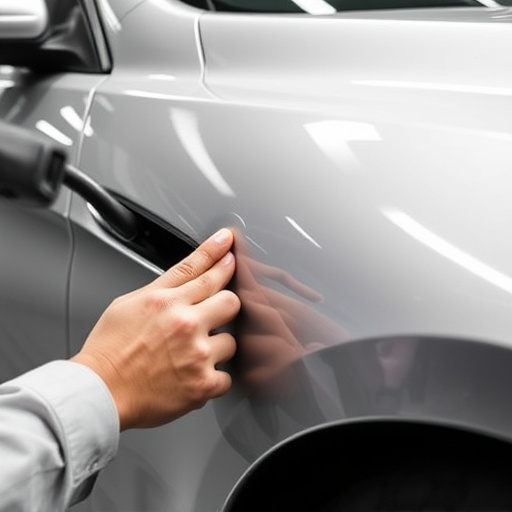Dog leg repair is a specialized automotive procedure addressing bent panel lines, commonly seen on doors and fenders, caused by manufacturing defects or age. It enhances aesthetics, boosts resale value, and ensures structural integrity. Professional technicians use advanced techniques for precise, long-lasting results. Proper documentation and regular maintenance further increase the car's marketability after dog leg repair.
“The impact of dog leg repair on vehicle resale value is a topic of growing interest in the automotive industry. Dog leg repairs, a specialized procedure addressing structural issues, offer significant benefits for vehicle longevity and safety. This article delves into the intricacies of this repair method, analyzing its effects on resale value. We explore how these repairs influence marketability, considering both short-term gains and long-term maintenance implications. Understanding dog leg repair is key to maximizing your vehicle’s potential in today’s competitive market.”
- Understanding Dog Leg Repair: The Procedure and Its Benefits
- Resale Value Analysis: How Repairs Impact Vehicle Marketability
- Long-Term Considerations: Maintenance and Future Resale Potential
Understanding Dog Leg Repair: The Procedure and Its Benefits
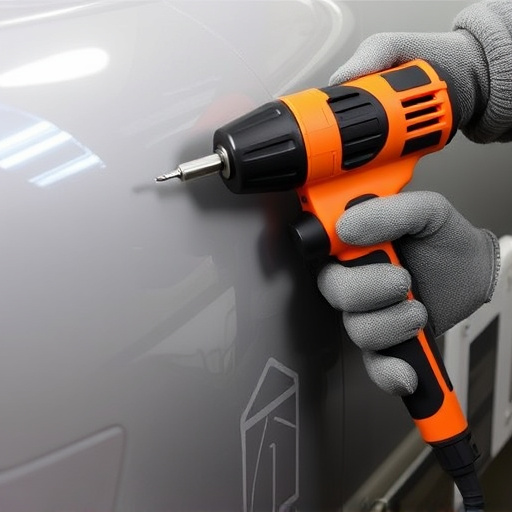
Dog leg repair is a specialized procedure aimed at addressing a common issue in vehicle bodywork—the “dog leg” or bend in panel lines, often visible along doors and fenders. This defect occurs due to manufacturing imperfections or damage over time, leading to an unsightly appearance that can negatively impact a car’s overall aesthetic appeal. The process involves expertly realigning and reshaping the affected metal panels to create smooth, seamless contours, effectively eliminating the telltale signs of these defects.
Beyond enhancing visual appeal, dog leg repair offers significant advantages for vehicle resale value. A well-executed repair can make a car look like new, significantly boosting its marketability. In the realm of automotive collision repair and car body restoration, skilled technicians use advanced techniques to ensure precision and long-lasting results. By investing in this procedure, car owners not only improve their vehicle’s appearance but also stand to gain financial benefits when it comes time to resell their cars.
Resale Value Analysis: How Repairs Impact Vehicle Marketability
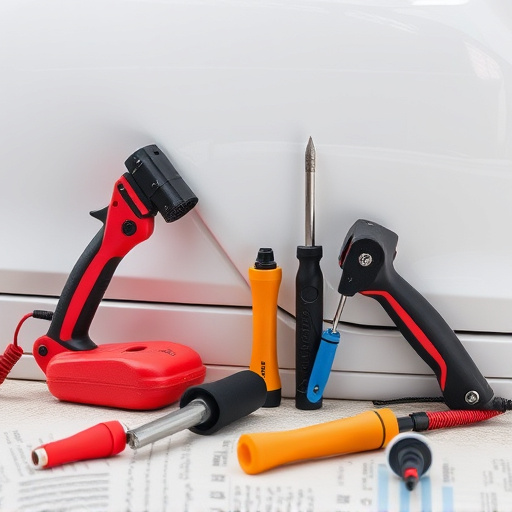
When it comes to assessing a vehicle’s resale value, every imperfection counts—and that includes hidden damage like a dog leg bend. A dog leg repair is a specialized process that addresses structural issues in a car’s frame caused by impact or collision. While seemingly minor, these bends can significantly impact how the vehicle appears to potential buyers, affecting its marketability and overall resale value.
A well-documented history of repairs, including transparent disclosures about any dog leg repairs, can enhance a vehicle’s appeal. On the other hand, undetected or poorly executed dog leg repairs might lead to concerns among prospective purchasers regarding the car’s structural integrity. Many collision centers offer expert car bodywork services to correct these bends, ensuring both safety and aesthetic restoration.
Long-Term Considerations: Maintenance and Future Resale Potential
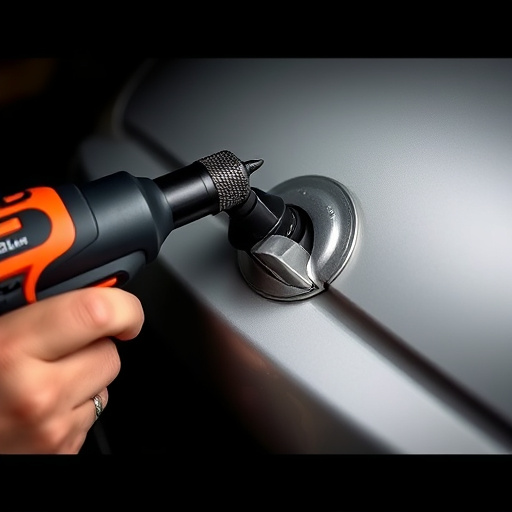
When considering long-term implications, dog leg repair is a significant aspect that can impact a vehicle’s resale value. This type of damage, often requiring specialized vehicle body repair techniques, is unique compared to typical dents or bumper repairs. Over time, the quality of the repair work can become evident, affecting both the aesthetic appeal and structural integrity of the vehicle. A professionally executed dog leg repair should leave minimal visible signs, ensuring the car maintains its pre-incident value.
Future buyers will benefit from a well-documented repair history, showing that necessary measures were taken to restore the vehicle to its original condition. This transparency is key in fostering trust and assuring potential owners of the car’s overall maintenance and safety standards. Regular maintenance, including timely inspections, will further support the vehicle’s resale potential, especially when coupled with evidence of previous dog leg repair work executed competently.
Dog leg repair, while a specialized procedure, can significantly enhance a vehicle’s resale value by addressing structural issues and improving overall marketability. As discussed, the benefits extend beyond aesthetic improvements, offering long-term advantages for car owners. By understanding the process and its impact on resale potential, drivers can make informed decisions about maintaining their vehicles’ value over time. This strategic approach to repair ensures that dog leg repairs, when necessary, contribute to a smoother transition in the vehicle resale market.
